Description
For lovers of extraordinary plants, this small, fairly slow-growing tree provides a fabulous spectacle in May with its flowering. Indeed, the small globular flowers of DAVIDIA involucrata vilmoriniana carry enormous white bracts of approximately 15 cm. You might think somebody hung handkerchiefs in the tree. For this, it is commonly called the handkerchief tree.
Moreover, as you can see in our photos, the leaves are no less beautiful. In autumn, they turn orange before falling.
How to grow DAVIDIA involucrata vilmoriniana
This tree is generally easy to grow, as it even tolerates calcareous soil. The severe winter cold does not scare this tree, either. You should know that at Vallonchêne, it survived temperatures of −22° C.
Plant the handkerchief tree in partial shade or full sun. It adapts to any pH and to light, normal or heavy soil. Find a place in a mixed border or an isolated spot.
For more information on the proper preparation of a tree’s plant hole, follow our notice here.
History and Origin
The genus DAVIDIA is named after Father David. The Latin word involucrata means “ring of bracts surrounding several flowers”.
DAVIDIA involucrata has its origins in southeastern and south central China. It grows there in mixed montane forests.
D. involucrata was introduced to Europe and North America in 1904. Since then, it has been valued as an ornamental tree.
DAVIDIA involucrata is the only living species of the genus Davidia. Formerly, it was classified in the family of dogwoods, whereas today, one arranges it in the family of Nyssaceae.
Furthermore, we distinguish D. involucrata from D. involucrata var. vilmoriana, since the second, has frankly glabrous foliage. In addition, the vilmoriniana variety also has a different number of chromosomes.
The oldest fossil of a DAVIDIA ever found dates from the Upper Cretaceous.
DAVIDIA involucrata as well as the DAVIDIA involucrata var. vilmoriniana has been awarded the RHS (Royal Horticultural Society) Award of Garden Merit.
Finally, the vilmoriniana variety turned out to be more resistant to western climatic conditions.

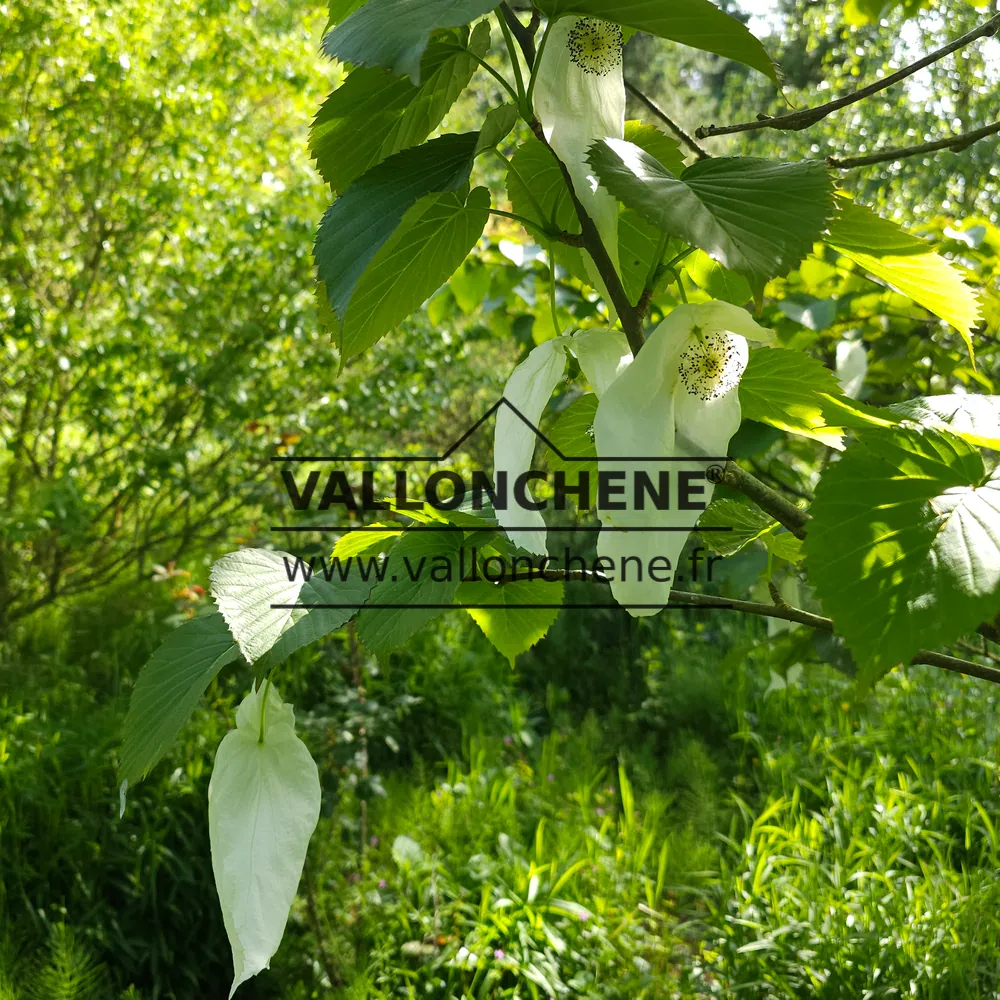
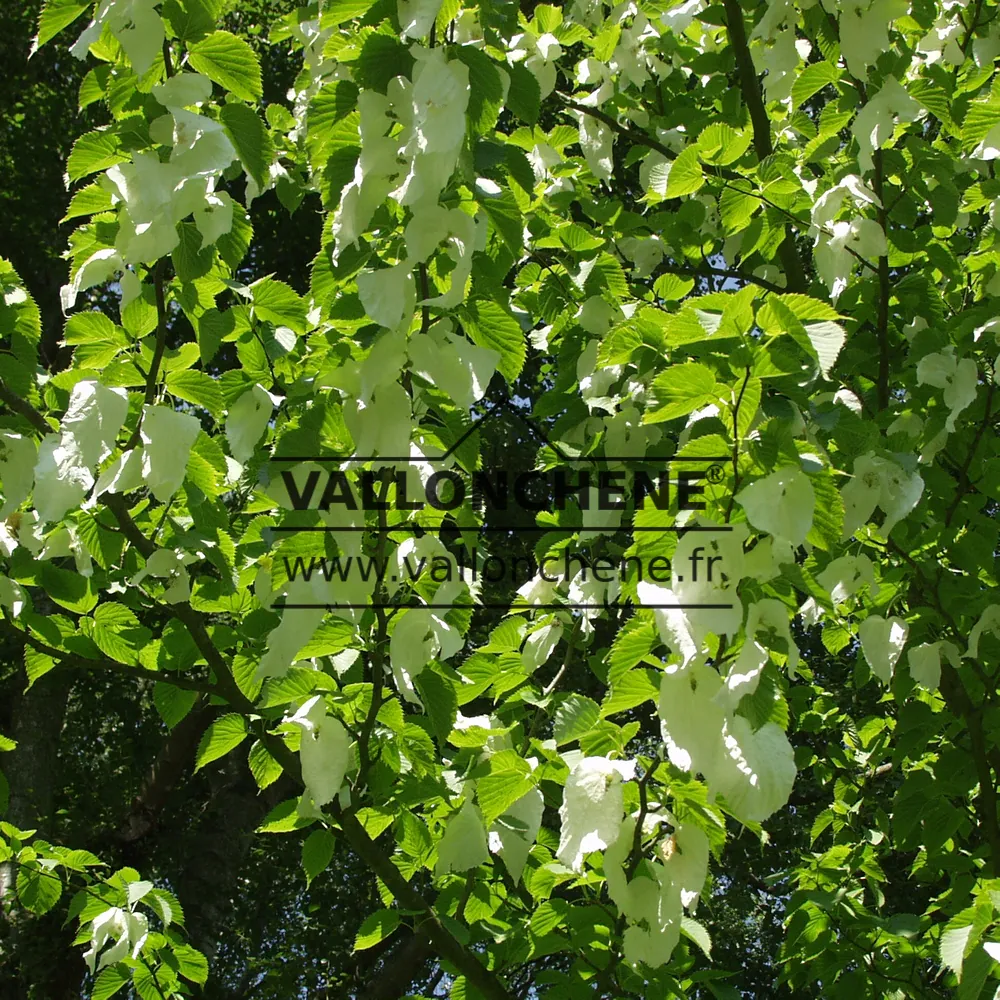
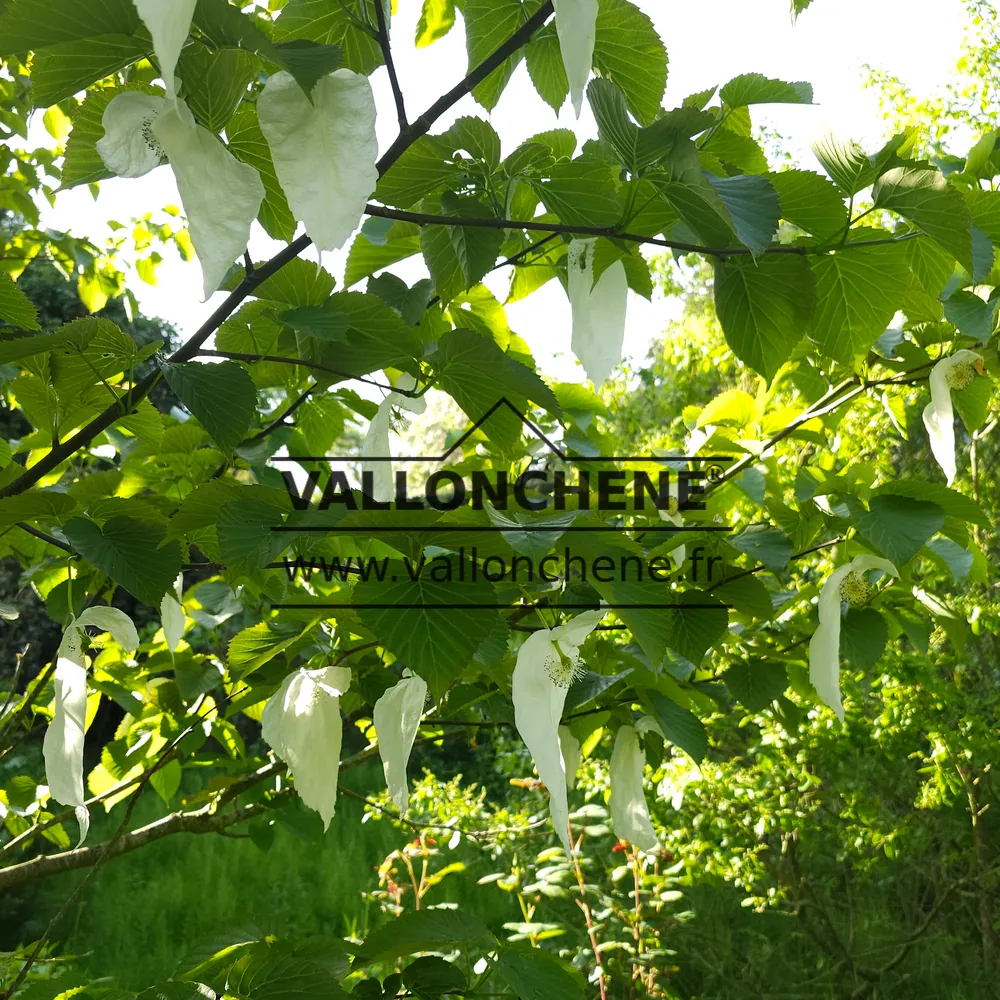
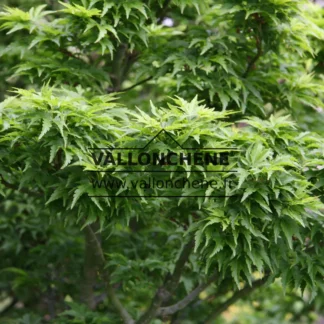
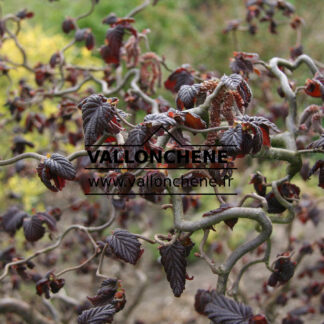
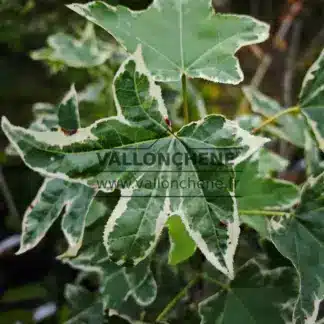

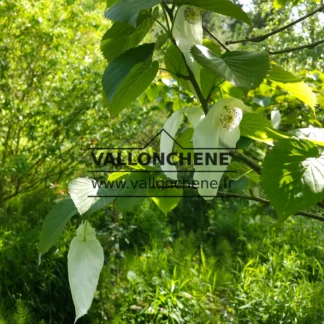
Reviews
There are no reviews yet.